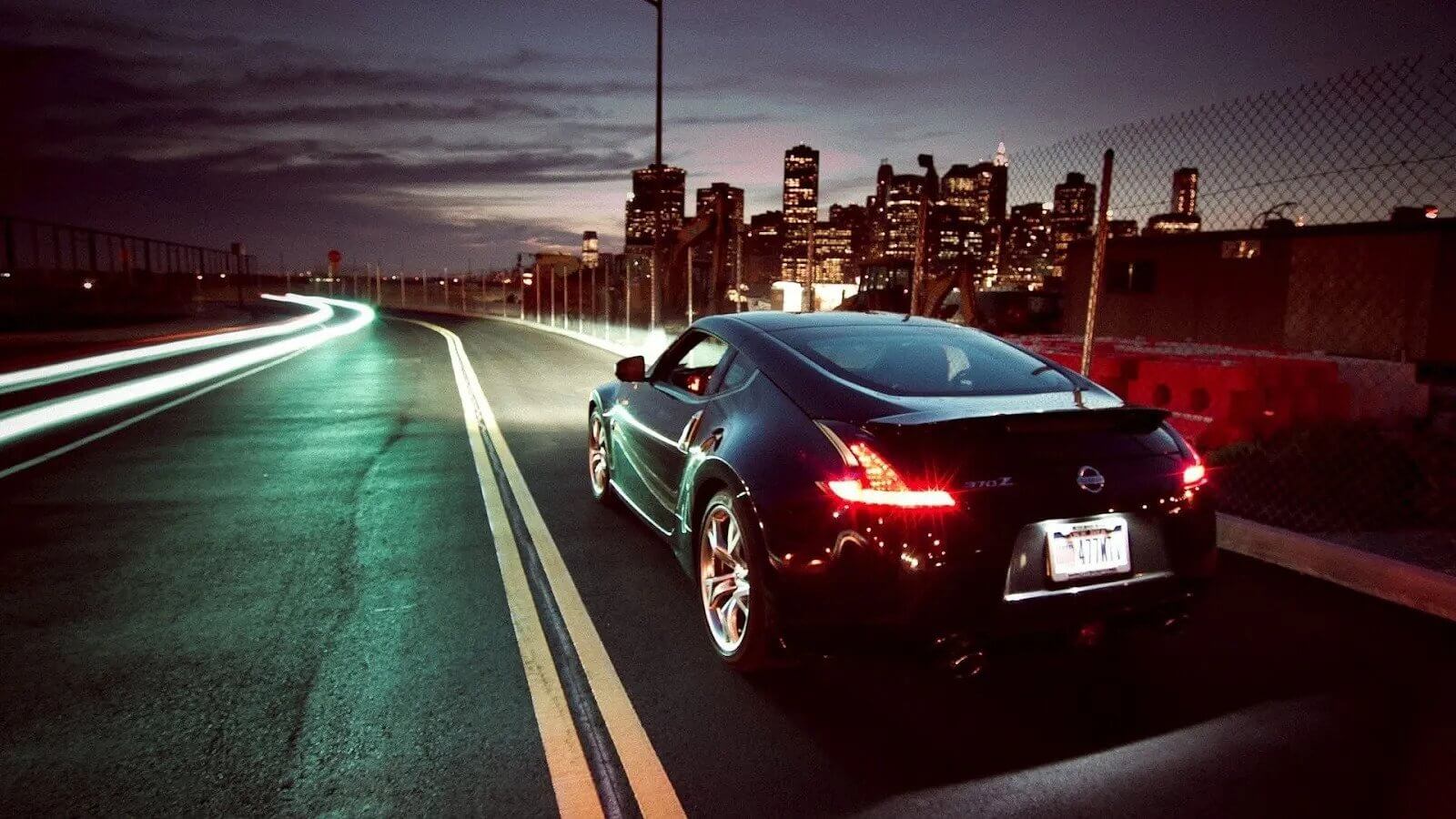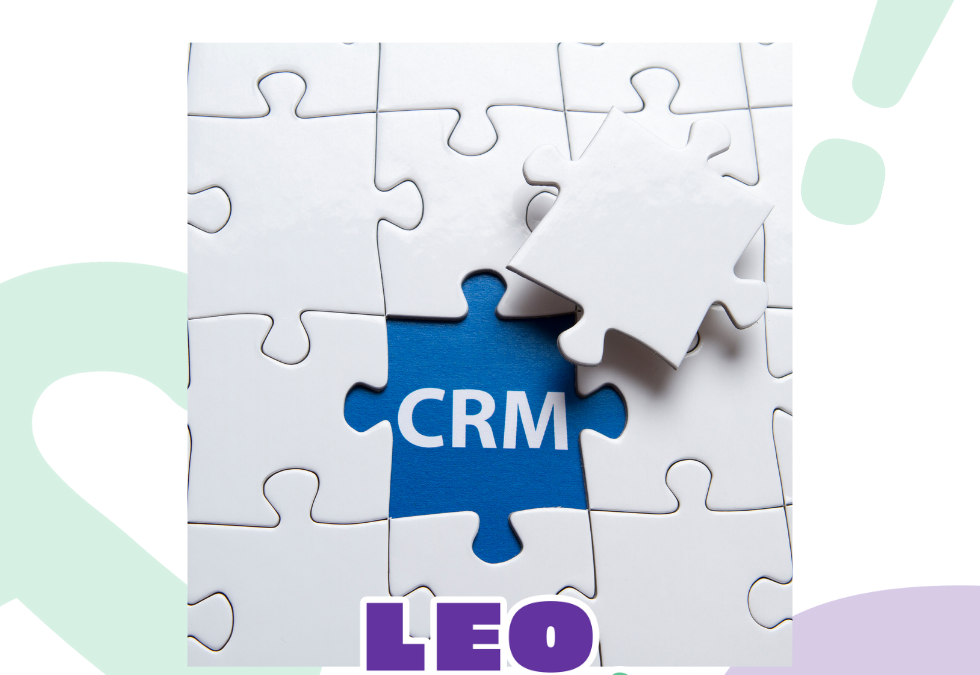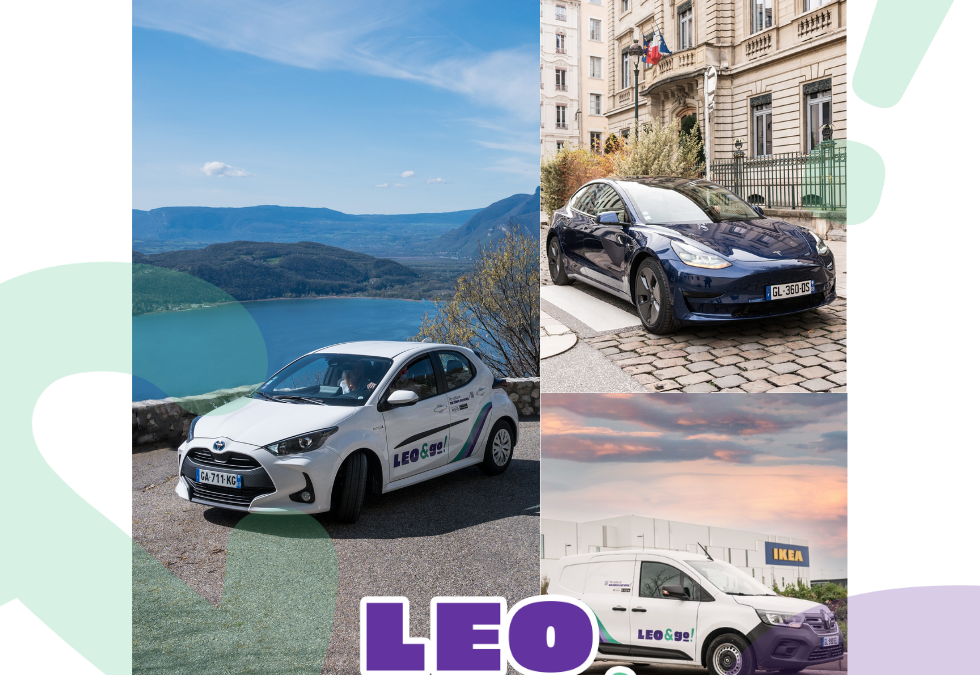Faced with a relatively mature market, fairly stable sales, seemingly insurmountable barriers for entry, major technological innovations, and the rise of new mobility, what does the future have in store for car dealers?
May 1, 2018 In the coming years, the way people view and consume transportation will inevitably evolve, forcing the automobile industry to undergo a major transformation. Advancements in electric and autonomous vehicles and the launch of many different mobility services are currently leading a culture shift. This shift can be seen in cities, where just a few years ago public transit options were extremely limited. Now, with a much more diverse and advanced range of options, many cities are beginning to reconsider whether cars should continue to dominate. Furt1hermore, many young people are now finding themselves wondering if they even need a vehicle in the city.
Of course, the changes don’t only affect the city dwellers, the suburbanites are shifting the way they view transportation as well.
Why?
Well, for an average household, the car is second-largest asset (after their house), but it’s also one of their most underused. Cars are parked 95% of the time and an increasing number of households are questioning whether they really need a second vehicle.
This kind of transformation is bound to have consequences for dealers, as it will impact people’s consumption of transportation and therefore, their buying habits. Let’s take a closer look at the challenges they’re going to face.
Fewer sales, fewer points of sale
The decrease in demand for traditional vehicles should cause a significant drop in sales. At mobility car dealerships, sales teams will be the first to take a hit, but parts and service technicians will soon be affected too. Fewer sales means fewer vehicles on the road, and, in turn, less earning potential for parts maintenance, sales and repairs.
Changes in human resources
While traditional vehicle sales are going to drop, autonomous and semi-autonomous vehicles will grow in popularity. This increase will have two main consequences.
The first will affect the quality of staff who sell these vehicles. More advanced technology requires greater knowledge. To be effective, car salespeople will need to fully grasp and explain the in-vehicle technology and what it’s used for. No more smooth-talking car salesmen: the car salespeople of the future need to be more like engineers!
The second consequence is along the same lines as the first: as with sales staff, car maintenance technicians will have to be trained to tackle computer issues in addition to having a mechanical background. Autonomous and semi-autonomous vehicles include state-of-the-art electronic and computer systems that require a highly skilled workforce.
New players: fleet managers
When they first take the market by storm, autonomous vehicles will be very expensive and often designed to carry numerous people at a time, so the main purchasers should be public and private transport operators. These organizations will provide a future for mobility as a service, and autonomous vehicles will be added to a range of options that allow users to get from point A to point B as smoothly and efficiently as possible. That means we’ll be much more likely to find this kind of vehicle in a fleet rather than in our neighbor’s driveway.
Ultimately, if autonomous vehicles are to replace individual cars and all else remains the same, we should also expect to see a decrease in the number of dealers and their sales, service and maintenance staff.
New opportunities
The transformation of the industry may have its own set of challenges and obstacles to overcome, but there are also new opportunities on the horizon. Some dealers are already outstanding operators. They manage a fleet of automobiles, provide repair, maintenance, financing and insurance services, and have an impressive array of used vehicles and major infrastructure on hand. This allows them to expand their operations in a variety of sectors.
In addition, dealers’ fleet management skills and expertise should put them in a good position with future autonomous and self-service vehicle operators. They will have the advantage of already having the necessary equipment and skills to operate, maintain and repair the vehicles in these fleets. In other words, dealers will be extremely well positioned to meet consumers’ changing needs, including offering more flexibility in terms of pricing, the option to switch vehicles, or car-sharing and shuttle services.
In short, there are solutions available to dealers that could help them beat the odds. But they have a choice to make: they can either be at the mercy of these changes or play an active role in leveraging the strengths and expertise that few other players currently have.

Vulog is the world’s leading tech mobility provider: we are committed to building a greener future, one city at a time.




